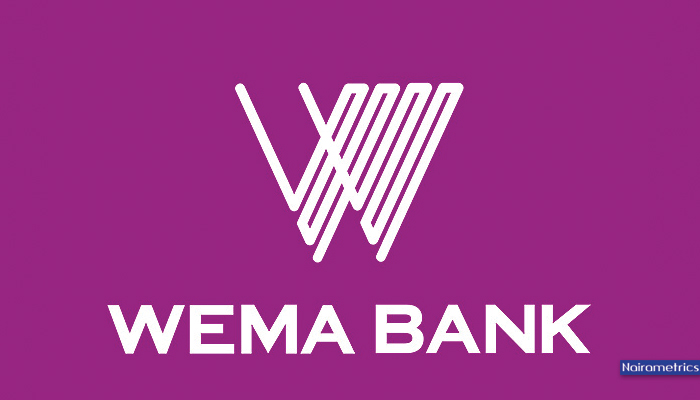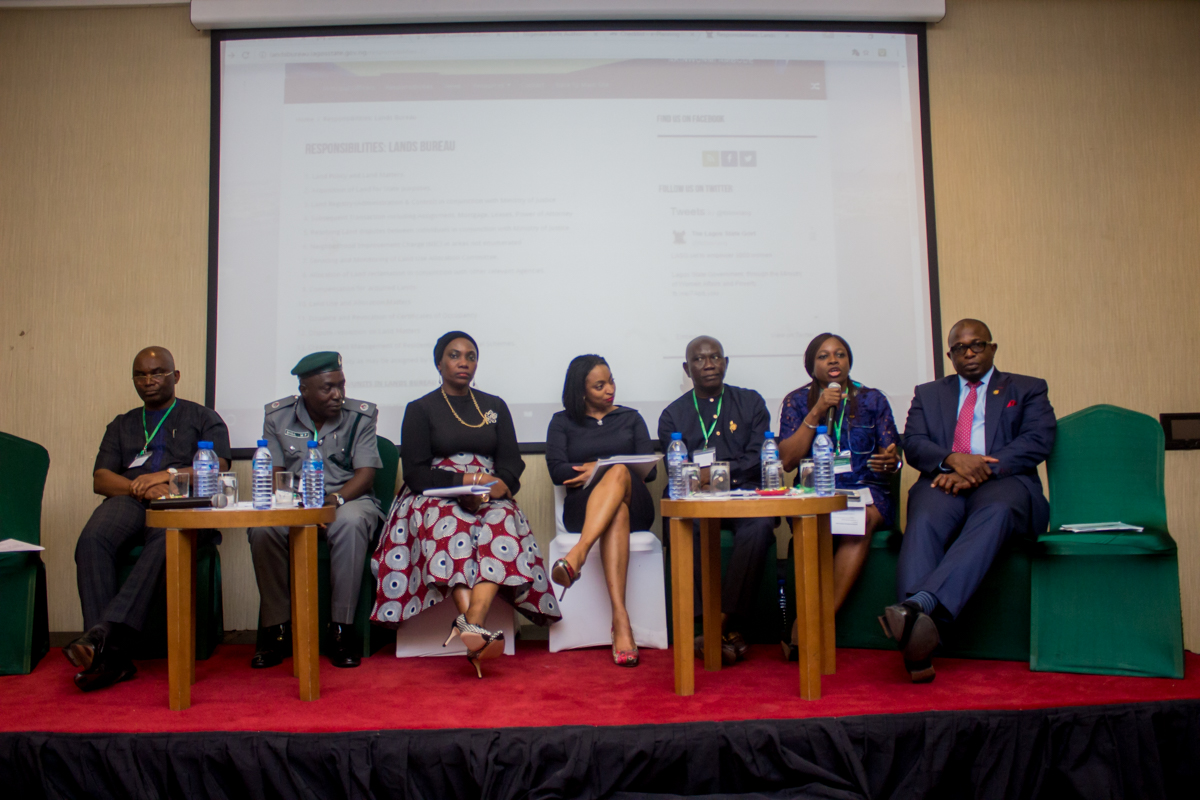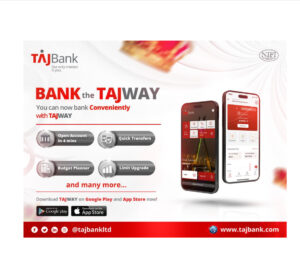Tier two lender, Wema Bank yesterday held a conference call in respect of it’s just released Q2 2017 results. A conference call is a phone in session where senior management of a company brief staff on financial statements and ongoing developments. Analysts and shareholders are at liberty to ask questions about the company. Management also gives insight into their plans going forward, and thoughts about the economy as a whole. Here are four key points we picked from the call.
Alat has been a success
Alat, Wema bank’s digital bank which was launched a few months ago has been fairly successful. The bank also confirmed that Alat is 100% owned by it. In the period ended June 2017, about 120,000 accounts have been opened, with current balances totalling around N300 million. Alat was launched in May this year. Though the bank currently opens 500-550 new accounts daily, this is below the bank’s target of 1000 accounts a day.
Wema intends to increase numbers through radio jingles and more campus storms. Innovation such as a virtual card for foreign exchange transactions, and an ALAT version for SMEs are in the works. Customers open accounts with just their signature and a selfie, but have a limit to deposit and withdrawal limits pending submission of ID and a utility bill.
Corporate governance
In order to reflect the national spread of the bank, the bank intends realigning its board to reflect all sections of the country. This will help counter the impression that the bank is a regional bank.
Capital Raising
The bank intends to carry out a tier II capital raise in Q3 2017. Tier two capital means raising of debt. In addition to that, Wema also plans a tier I capital raise in late 2018. Tier I capital refers to equity or shares. Capital Adequacy ratio for the bank is currently 12%, and the bank targets a 14% ratio, once it raises capital this year.
Efficiency
Year end Cost to Income ratio is forecast at 80%, and is expected to fall to 65% by 2018. By 2019, the bank expects its cost to income ratio to v=be in line with industry averages. Cost to income ratio is the proportion of each Naira the bank makes as revenue, that is spent on operating costs.












